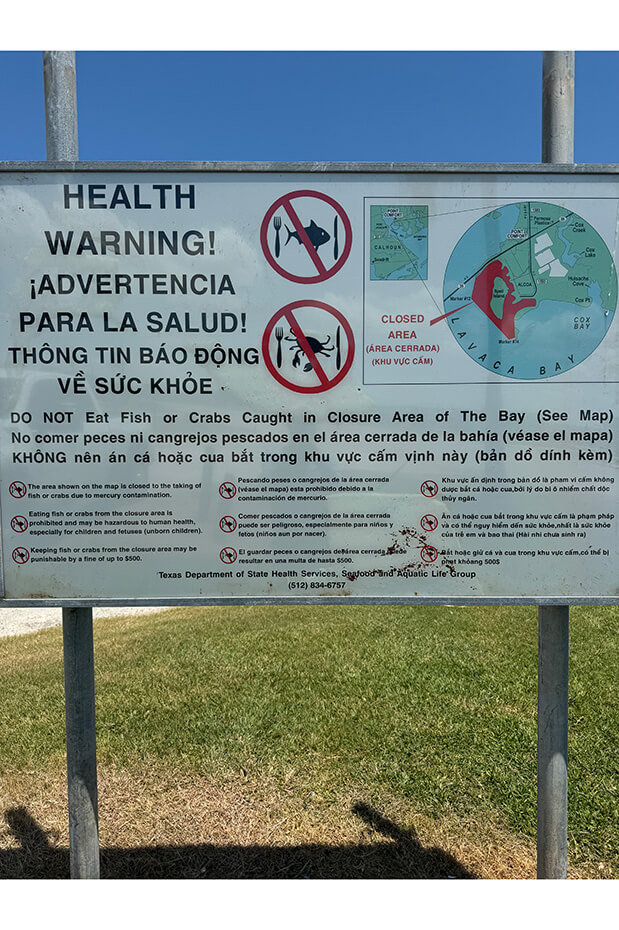Superfund
Releases from activities at the facilities resulted in contamination of groundwater, soil and sediment in Lavaca Bay. State investigations conducted by the Texas Department of Health found elevated mercury levels in oysters and crabs and portions of Lavaca Bay were closed to keeping of finfish and crabs in 1988. The U.S. EPA added the site to the National Priorities List (NPL) in 1994 and selected the remedy for the site in 2001. Cleanup activities led by Alcoa include extraction and treatment of groundwater, relocation and stabilization of contaminated material on Dredge Island, sediment dredging with disposal at Dredge Island, waste capping, monitored natural recovery of sediment in Lavaca Bay, monitoring of sediment, fish and shellfish, and the removal of marsh vegetation and sediment from locations within the Closed Area. In 2000, a closed part of Cox Bay reopened after mercury levels in finfish and crabs decreased to an acceptable level. Commercial and recreation activities continue in Lavaca Bay. The area is known for its navigable waterways and its deep-water port. Lavaca Bay offers boat ramps, piers, docks and bait shops that support recreational fishing. These facilities also support commercial shrimping, fishing, crabbing and oystering. The bay is an ecological resource, providing habitat for aquatic animals and birds. Alcoa takes very seriously its commitment to execute the U.S. EPA remedy for mitigation of contamination at the site.
